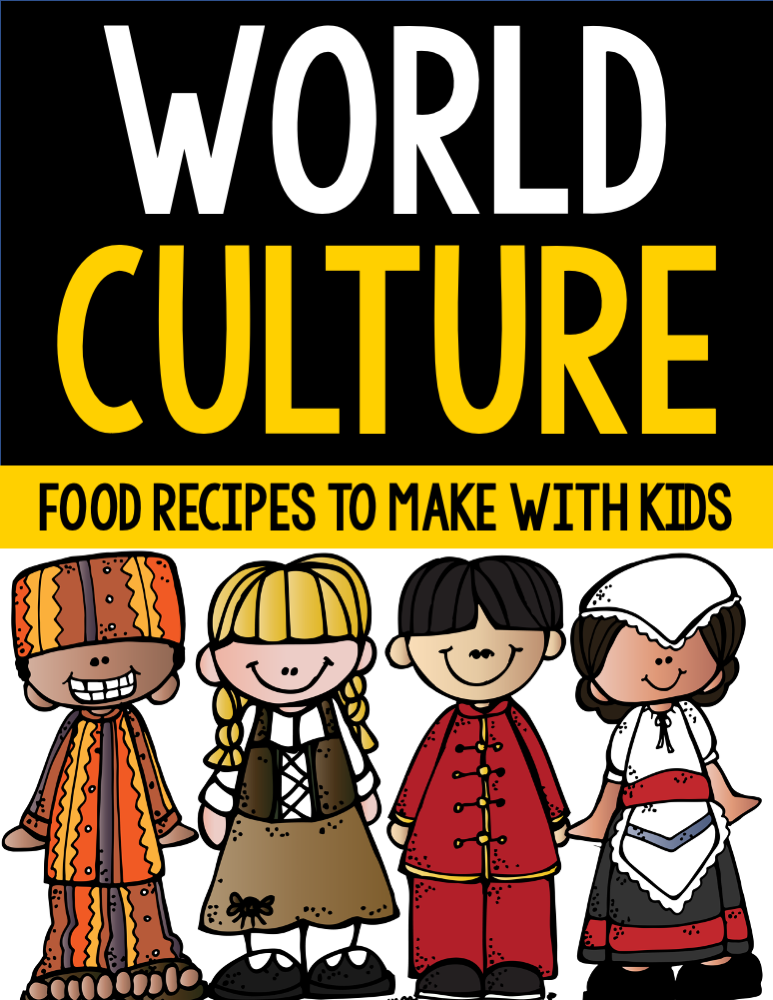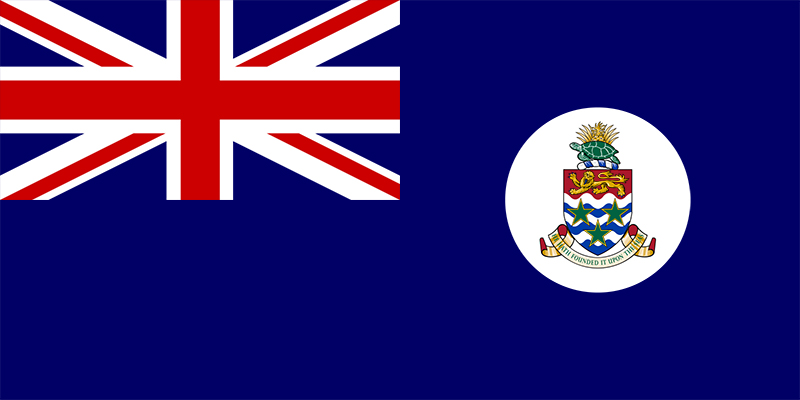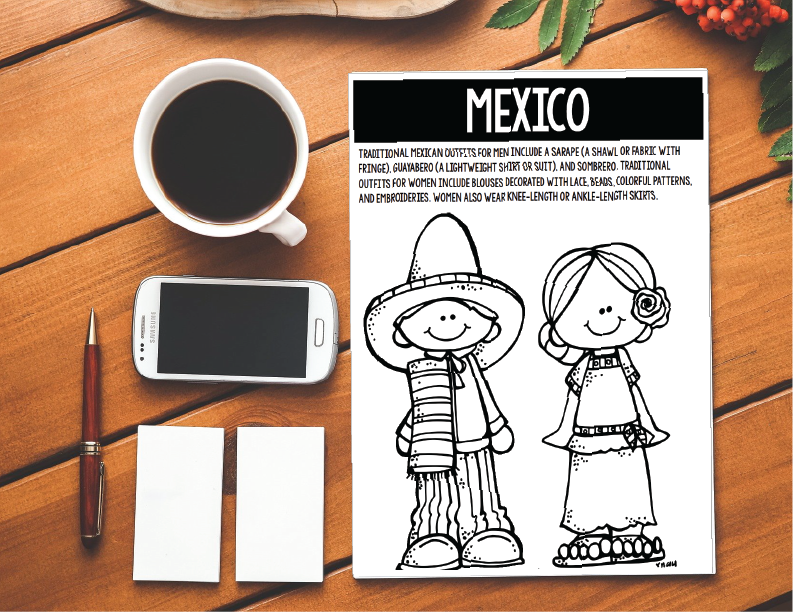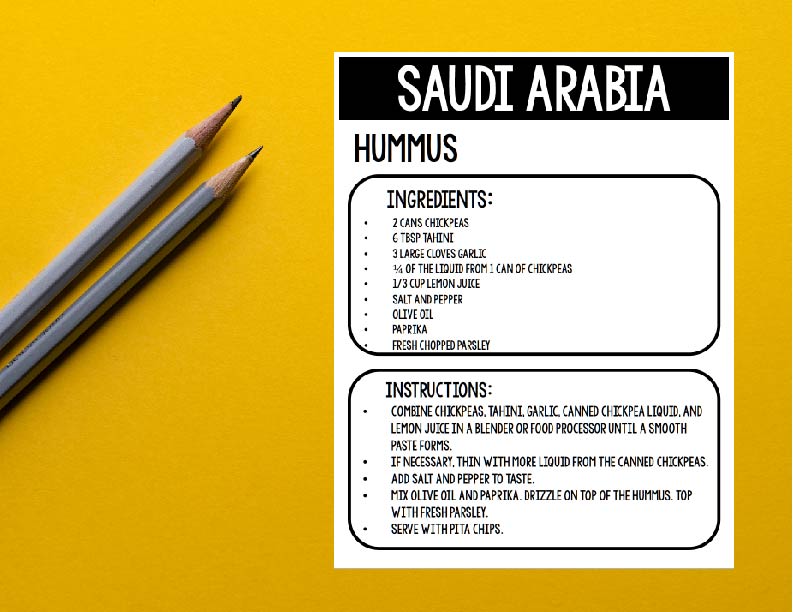
If you’ve been following along on my website, then you probably know I’m a huge lover of all things involving our good ole Planet Earth, which explains why I’m still teaching abroad. If you’re new here, then welcome to the place where you can find some real-world activities and ideas for your classroom. I’ve always been a lover of showing students what else exists past our community. Because, let’s face it… Not all of our students get to see the world first hand. Especially if you teach in a Title I school like I used to. So what can we do inside our classroom that helps widen our students’ perspectives and give them a global mindset? Step one for me was bringing cultural activities into my classroom. It is so easy to incorporate and automatically sets the tone of an inclusive setting. Throughout this post, I’m going to show you some easy resources to bring cultural activities into your learning space ASAP.
One of the after-school activities I used to host was called “World Cultures and Food.” When I started doing it, I had no idea what to really expect. I didn’t have any plans, lessons, or activities to go off of. Literally nothing. But I did have some extra time on my hands, so I put my own ideas on paper and made it come to fruition with my World Culture Activity Book.

I wanted to create activities that would allow my students to learn, taste, and experience cultures from around the world. So I started brainstorming which countries I wanted to include. It was important to me that different continents were represented while still maintaining the interest of the students.
By the end of my creative whirlwind, I had a full resource of 70+ pages of cultural activities that will capture and maintain the attention of students from all backgrounds. Because paper and ink are a precious resource, I personally reformatted mine so each page was shrunk down to a half-page and printed on front and back. So it truly was like a cultural book for my students.
Countries Represented
Currently, there are 9 countries represented in the World Cultures Activity Book.
- Australia
- China
- England
- France
- Germany
- Italy
- Mexico
- Saudi Arabia
- Tanzania
The book of cultural activities is separated by country and goes in alphabetical order. Ideally, I would love for this to be a growing bundle. But there are components that have clip art depictions (pictured above) and not all clip art countries are available at the moment. I’m still brainstorming the possibility of creating my own, or substituting with real photos. If you have any ideas, feel free to send them my way!
Food Facts
The first activity of each country is a page of a few fun facts about the cultural cuisine. The fun facts vary and include interesting information about the country that even the teacher probably didn’t know. For example, did you know in Australia, burgers come with a slice of beet root on them? Or how about that Saudi Arabia produces 600 million pounds of dates each year?
These fun facts can lead to deeper discussions for older students like agricultural climate and why certain foods grow better in specific regions. Or how the local economics can change popular dishes. The World Culture Activity Book is a great starting point for research!
Flags
A national flag is such an important component when talking about culture. The symbolism and iconic images in the flags structure were debated for hours upon hours and the final result is what represents their country. So it’s important to look at the thought that went into it.

For example, the flag of The Cayman Islands (where I’m currently teaching) has many components. The Union Jack in the corner is because The Cayman Islands are a British overseas territory. The Cayman Islands crest is located in the middle which also has a lot of significance. The lion in the crest represents England. The three stars represent the three islands that make up The Cayman Islands: Grand Cayman, Cayman Brac, and Little Cayman. The turtle pays homage to the name Christopher Columbus gave the islands, “Las Tortugas.” And the pineapple signifies the connection with Jamaica. There are actually a lot of other small details about the Cayman coat of arms, but I’ll spare you. It just goes to show that there are some great research opportunities for students to learn a bit more about what is depicted on the flag itself.
The World Culture Activity Book has two coloring page options for the flag: one with the colors written on the flag, and one without. This could be used in different ways. Younger students can practice their fluidity in recognizing color words, while older students could conduct research to figure out what colors the flag needs to be.
Maps
Maps are a great resource to give proximity and spatial understanding to a location. This can give students the opportunity to understand how large our world actually is. And in comparison, it can show them where they play their part as a citizen. This activity includes individual country outlines as well as regional/continent maps.
The individual country outlines are great to compare city locations or talk about any major geographical features like mountains, oceans, landmarks, etc. Students have the opportunity to just color the map as a whole, or possibly even draw in some famous landmarks!
The regional and continent maps are great to see how geographical features can affect the people that live in that area. Proximity to an ocean can often mean a plethora of fish in the local cuisine. Landmarks increase tourism and can affect economic growth in a region.
The map pages have endless possibilities!

Traditional Dress
Traditional dress information is also included in the activity with a coloring page to add a visual representation. Just like the flags, each country has its own unique style. Some countries favor specific colors, while other countries dressed for the local climate. Ultimately, traditional dress is important for a nation because it incorporates a sense of unity and pride. Although not all countries have a traditional outfit, many do. And they often wear them to festivals, carnivals, or other celebratory events!
The students can color the pictures based on the description that I’ve written, or you could use this as another research opportunity!

Recipes
My favorite parts of this activity are the recipes! Each country listed has a traditional recipe that can be done inside the classroom. And if you’re thinking, “There’s no way I could cook in my class!” don’t stress! I’ve done my best to find (or create) the easiest recipe! Some simple ones include making green tea or a Vegemite sandwich, while others might require an oven. In every recipe, I’ve included at least one recipe that doesn’t involve an oven. Some also have time-saving tips or small things you could have ready beforehand to make sure there is no cooking involved.
There truly is nothing quite as exciting as building in a 30-minute time slot to make some homemade guacamole with your students! I had mine help with every step from cutting produce, to mashing the avocados, and even cleaning the dishes! It’s an experience that they still remind me about because they loved it so much.
Other Activities
Music
You could have total silence while your students are researching, coloring, or cooking. But that sounds painfully boring. So why not play some traditional music to immerse your classroom into the experience? I play Spotify in my classroom, but YouTube is another great option! Just search for “traditional insert country here music.”
Books
Head to your school library and ask the librarian if your school has any books about that particular country. There are some amazing picture books out there that do a great job of capturing student interest while also maintaining cultural integrity.
Related Articles: How to Teach Abroad, What I Quit Doing in My Classroom to Be More Sustainable, 60 Children’s Books About Race and Diversity
The World Culture Activity Book is a great resource to start including diversity, cultures, religions, and inclusion in your classroom now. What other ways are you showing tolerance in your classroom? Do you incorporate any other cultural activities in your lessons? Comment down below and let me know!

